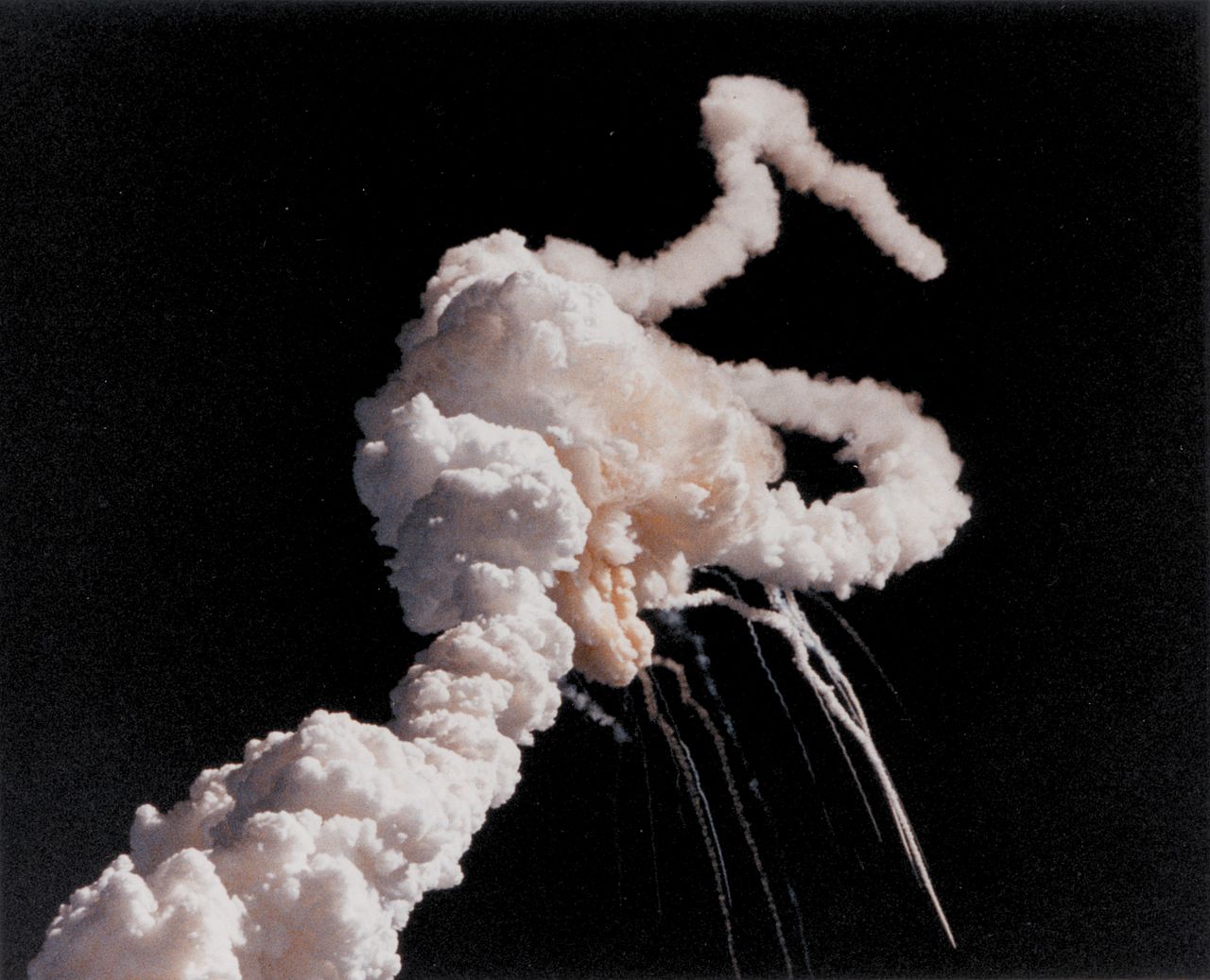
Space disasters
The first launch of Electron was unsuccessful, but the ground infrastructure was to blame.
1984 is still the only year of the space age in which space rockets did not suffer a single defeat, although as many as 129 launches were carried out in it. During the first decade of the 22nd century, there were XNUMX cases when rockets did not enter orbit and exploded with their precious cargo, or re-entered the dense layers of the atmosphere, most of which burned up, and their fragments fell to Earth. . To this should be added those in which there is no certainty that they were intended for space launches, and not only ballistic tests of intercontinental missiles, as well as those situations in which the missiles were destroyed shortly before takeoff.
The statistics for the second decade of the XNUMXth century look much worse, although it should be noted that this is largely due to the introduction of many new types of missiles into service, for which failures during the test flight phase are the norm. Cases where a rocket, although it put a payload into orbit, were not included in the list, too low and useless.
A Taurus rocket carrying a Glory satellite is launched from Vandenberg. The flight will fail.
2011
On March 4, a Taurus-XL version 3110 rocket was launched from Vandenberg Air Force Base. It was supposed to launch the Glory satellite and three microsatellites: KySat-705, Hermes and Explorer-1 into a 1 km high orbit. However, at T + 3 min, the aerodynamic envelope did not separate, and although it continued to fly, it was too heavy, and the shortfall in orbital velocity was about 200 m/s. The last stage of the rocket and satellites soon after fell into the Pacific Ocean off the coast of Antarctica, and possibly into its territory. This was the second failure of this type of rocket in a row, the previous, identical, occurred in 2009. The reason for the failure of the cover in both cases could not be established, it is only known that the halves did not part. completely around the top of the fairing. This variant of the rocket was no longer used.
On August 16, the Chang Zheng-2C rocket was launched from the Jiuquan Cosmodrome, which was supposed to launch the secret satellite Shijian 11-04 into low Earth orbit, whose task was early warning of ballistic missile launches or electronic intelligence. . At T + 171 s, about 50 s after the start of the second stage engine, a failure occurred. The second stage, along with the cargo, fell on the province of Qinghai. Examination of the fragments found made it possible to establish the cause of the failure: the drive of the steering motor No. 3 was stuck in the extreme position, which led to a loss of control and a sharp tilt of the rocket, and, consequently, to its breakdown. .
On August 24, a Soyuz-U carrier rocket was launched from the Baikonur cosmodrome to launch the Progress M-12M automatic transport vehicle with cargoes for the International Space Station into low-Earth orbit. In T + 325, the RD-0110 engine of the third stage of the rocket broke down and stopped. His remains fell in the Choi region of the Altai Republic in Eastern Siberia. On August 29, the emergency commission stated that the cause of the third stage engine malfunction was the failure of the gas generator that drives the turbine pump. This was caused by a partial blockage in the fuel supply line to the generator. The commission could not determine what the cable was clogged with, the two most likely versions are a torn fragment of a weld or a fragment of insulation or gasket. It was recommended to more carefully control the assembly of motors, including video recording of the entire stroke of the motor. Another Soyuz-U - also with the Progress spacecraft - took to the air in October.
On December 23, a Soyuz-2-1b rocket with an additional Fregat stage was launched from Plesik, which was supposed to enter a highly elliptical orbit of the Molniya type with a peak of 40 thousand km of the Meridian-5 military telecommunications satellite. During the operation of the third stage of the rocket, the engine failed at T + 421 s. Thus, the satellite did not go into orbit, and its fragments fell near the village of Vagaitsevo, Novosibirsk Region. One of the fragments, a gas tank with a diameter of 50 cm, broke through the roof of the house, fortunately without injuring anyone. Ironically, the house stood on Kosmonavtov Street. This version of the rocket has a four-chamber engine RD-0124 of the third stage. Telemetry analysis showed that the pressure in the fuel line before entering the engine injection system caused the wall of combustion chamber 1 to bulge, which led to burnout and catastrophic fuel leakage, which led to an explosion. The root cause of the failure could not be determined.
